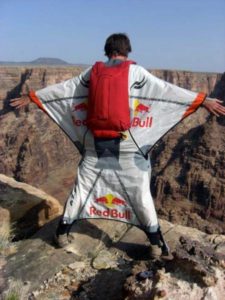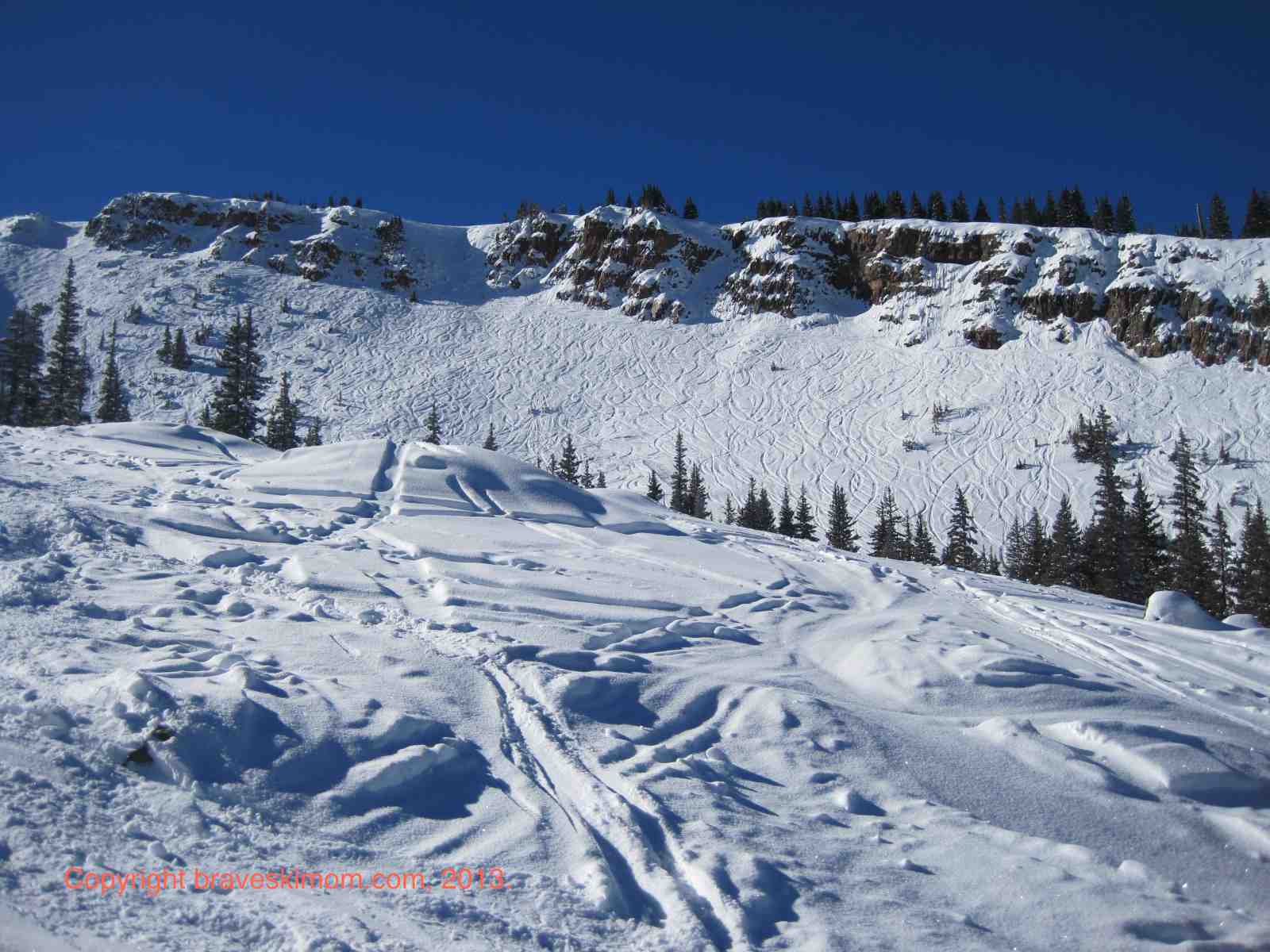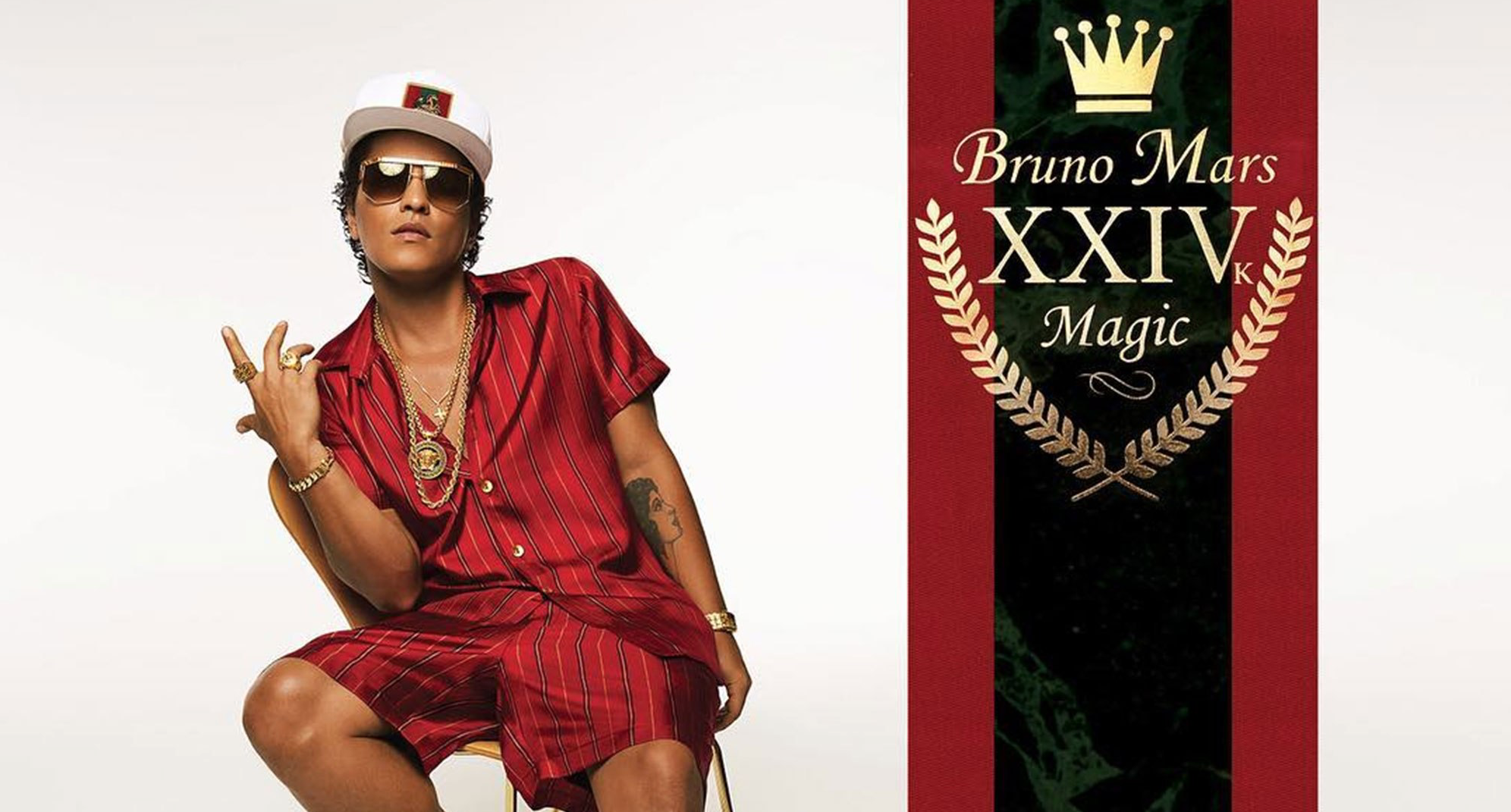(The Verge) – Imagine gliding down a mountainside, the snow kicking up behind you as you gain speed. Faster and faster until all at once you’re soaring through the air doing flips over flaming geysers, staring down at natural sinkholes, flying until the very last minute when you deploy a parachute before hitting the ground. This adrenaline-pumping ride, pioneered by the legendary Shane McConkey, is an actual sport known as ski BASE-jumping. BASE stands for buildings, antennas, spans and Earth. The sport of BASE-jumping includes leaping from one of these four fixed objects and soaring with a parachute designed for rapid deployment. In the ski variation, athletes most often ski off a cliff with their parachute ready to open as soon as they detach their skis. It is an insane and dangerous thrill that one cannot even imagine until they have experienced it for themselves. In the words of Leonardo da Vinci, “Once you have tasted flight, you will forever walk the Earth with your eyes turned skyward, for there you have been and there you will long to return.”

Unfortunately, many of those who do get to experience the human version of flying also encounter the reality of injury and all too often death. Though McConkey was a skilled leader of the sport, he faced his death in 2009 during a ski BASE-jump in Italy. The documentary of his life and passion for the extreme sport will be premiering at the 2013 Tribeca Film Festival on April 17th through the 28th. The documentary titled “McConkey” is one of 33 featured films in the Spotlight section. “McConkey” was made from the combined efforts of Red Bull Media House and Matchstick Productions. Before watching the film, people may question why he would take the risk of participating in such a hazardous activity, especially when he had a wife and daughter. But McConkey wasn’t afraid of death, he was afraid of not living fully.
Shane McConkey was introduced to skiing at a young age, with a mother who was an eight-time National Masters champion ski racer and father who started the Whistler Ski School in Canada. Growing up, McConkey wanted to be like legendary ski racer, Ingemar Stenmark. Stenmark distinguished himself with an untamed technique that led to him ultimately earning the most wins in ski history. Stenmark was the only “hero” that McConkey ever spoke of and he was determined to follow in his footsteps. By age 24, McConkey had perfected flips and spins similar to Stenmark and won a Pro Mogul Tour event. This win fueled him, though not in the way most would expect. He decided that he was done with traditional ski aspirations. From that point on, McConkey would spend the rest of his life on an unpaved path with the goal of making a career in skiing without any involvement in professional racing. Two years later he discovered skydiving and a year later he successfully completed his first BASE-jump.
McConkey wasted no time once he got a taste of extreme sports. After his first BASE-jump, he convinced one of the world’s top BASE-jumpers, Frank Gambalie, to be his mentor. Gambalie was a BASE master most famously known for his jump off of New York’s Chrysler building. He trained McConkey for three years before he drowned in a river following a jump off of Yosemite’s El Capitan. But in those three years, McConkey received all of the guidance he needed to be able to coin the term “freeskiing”, start the International Free Skiers Assocation, launch Freeze magazine, and alter the design of skis to be better-suited for BASE-jumping.
In 2004 he found his soulmate, Sherry, and married her on a beach in Thailand. On the same day, she went climbing while he BASE-jumped. The rest of their honeymoon was spent hiking throughout the jungle without so much as a backpack. So Sherry’s attitude about her husband’s thrill-seeking lifestyle should come as no surprise – she was just as free-spirited as he was. “People are constantly asking me how I ‘let’ Shane do what he did,” she said in a Men’s Journal interview. “It just floors me. To me, it would have been like putting an eagle in a cage – a tiny cage.” Others have shown great support for McConkey and his daredevil pursuits as well:
C.R. Johnson, a fellow pioneer in freeskiing told Powder Magazine, “Shane influenced me by showing me the most successful I can be is by being completely myself. He was always himself; doing naked spread eagles off of cliffs, shredding hard, and always goofing around. People loved him for being him and his person is why he was a great success.”
Powder Magazine also spoke with professional skiier Ingrid Backstrom about her memories of McConkey. She shared, “Shane led by example. He was never preachy about how you should do something; he just went out there and did it 100 percent. I have learned many things from Shane but the main way that he influenced me is that he never accepted the status quo. He always rose above it.”

Countless others have been inspired by McConkey, yet if one is not a professional athlete or extreme sport advocate, it may be hard to understand McConkey’s lifestyle choices. Making a career out of freeskiing may seem reckless, but McConkey carefully logged, analyzed and planned every single one of his BASE-jumps (which totaled over 800 by the end of his life). He was also the first to pull out of a stunt if the conditions were not right. But for those who are still perplexed by the daredevil acts, the documentary tries to address the issue by looking wholly at the action sports mindset. Perspectives from athletes outside of the skiing industry are featured in the documentary, including Travis Pastrana (motorcross), Tony Hawk (skating), Bob Burnquist (skating) and Matt Hoffman (BMX). In an interview with Outside, McConkey’s gave his perspective, “For me, it’s not about quenching the desire; it’s about working through a project and then moving on to the next one. That old line about life being a journey is true: If you’re always looking to be satisfied by completing something, then you never will be. It’s about being out there and doing it. Accomplishing the mission is just one little part.”
His yearn to explore new things and live fully was the key to his success, but it was also the key to his demise. McConkey’s final stunt was to be filmed for one of the 26 ski movies that he would star in throughout his lifetime. One of these movies was The Spy Who Loved Me, with McConkey playing James Bond as he leapt off a 3,000 foot cliff. Another film, There’s Something About McConkey, was dedicated solely to him. In addition to performing stunts for movies, McConkey accomplished his dream of making a career in freeskiing with the help of sponsors such as Red Bull and K2. He was the first North American athlete sponsored by Red Bull before the drink was even available in the U.S. He was ultimately paid to be himself, travel the world and do what he loved. But as he became a bit more untamed with each stunt, he exposed himself to more risk.
On March 26, 2009, the day that McConkey met his fate, he was executing a stunt that no one else had ever done – a combined ski-wingsuit BASE-jump. A wingsuit is steered with one’s arms and allows them to fly even further through the air than a regular parachute deployment. His fellow ski BASE-jumper, JT Holmes, skiied down the 2,000 foot Saspardoi Cliff (Dolomite Mountains, Italy) first. He completed two backflips before dropping his skis and soaring for 15 to 20 seconds in his wingsuit before his

parachute opened up. Next up was McConkey. Yet, he would never soar again. His skis would not detach from his body and if he deployed his parachute it would get tangled in them. When he eventually evaded himself of his skis, the ground was rushing to meet him at 110 miles per hour. With so much emotion packed in to just a few moments, one can only imagine what the documentary will entail.
One thing that’s certain about the documentary is that it will inspire. As the film trails McConkey’s life, it follows the purpose of providing an understanding of what drives us all to live fully. In the 39 years that McConkey dominated this Earth, he encouraged thousands of people to accept themselves and enjoy life. Over 2,000 people packed into his memorial service, countless tribute videos have appeared on YouTube, online donations for his wife and daughter were numerous and there were mourners in ski towns from Chile to Bulgaria. So what is the ultimate legacy that this documentary will portray? Scott Gaffney, Matchstick Production director, answered this question in a Powder Magazine interview. Gaffney said,
“It depends who you speak to. His affect on people was deep and spanned a tremendous spectrum. Many believe that it is his visionary gift of rocker to ski and snowboard technology that has forever changed riding powder. Others cite his gift of humor and the benefits of filling your life with laughter. Some feel it’s the inspiration he provided to countless people to get out and push themselves a little further to get a taste of the satisfaction that comes with tiptoeing on the edge. And others will be forever moved by the manner in which he exemplified the carpe diem spirit and made every day count.”
Whichever affect that the documentary has on you, McConkey would want us to all take away one thing – that we can fly. We all have the ability to step off the edge, spread our wings, become a bird and fly.




